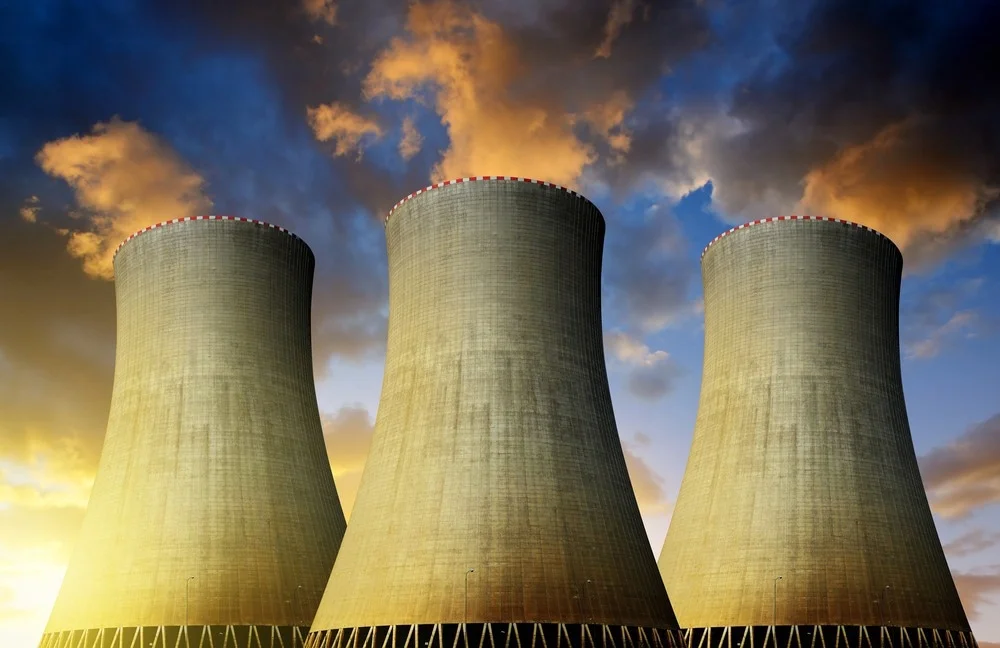Nuclear energy has a complex environmental profile that includes both positive and negative aspects. While it is a low-carbon energy source with significant potential to reduce reliance on fossil fuels, it also presents considerable challenges related to radioactive waste and thermal pollution. This blog delves into the multifaceted environmental impact of nuclear energy, weighing its benefits against its drawbacks.
Positive Aspects of Nuclear Energy
1. Low Greenhouse Gas Emissions: Nuclear power plants emit virtually no air pollutants during operation, making them a low-carbon source of energy. The lifecycle CO2 emissions from nuclear energy are comparable to those of wind and solar power, and significantly lower than those of fossil fuels. This positions nuclear energy as a key player in efforts to reduce greenhouse gas emissions and combat climate change.
2. Reliability and Scalability: Nuclear power is highly reliable and can be deployed on a large scale. Its ability to generate consistent energy makes it crucial in reducing dependence on fossil fuels, helping to stabilize energy grids and meet increasing demand without increasing carbon footprints.
3. Ecosystem Protection: Compared to fossil fuels, nuclear power has a lower potential to cause acidification and eutrophication, which can damage water quality and harm aquatic life. By limiting these effects, nuclear energy contributes to preserving ecosystems and maintaining biodiversity.
Negative Aspects of Nuclear Energy
1. Radioactive Waste: The most significant environmental challenge posed by nuclear power is radioactive waste, which remains hazardous for thousands of years. The management and storage of this waste require advanced technologies and present long-term risks to both human health and the environment.
2. Thermal Pollution: Nuclear plants often release heated water into nearby rivers or lakes, leading to thermal pollution. This increase in water temperature can disrupt aquatic ecosystems, affecting fish and plant species sensitive to temperature changes.
3. Mining and Refining: The extraction and processing of uranium, the key fuel for nuclear reactors, can lead to significant environmental degradation. Mining activities are associated with habitat destruction, water pollution, and health risks for workers and communities close to these sites.
4. Accident Risk: Nuclear energy’s potential risks are underscored by catastrophic incidents like Chernobyl and Fukushima. These accidents have led to severe environmental contamination, human displacement, and long-term ecological impacts that persist for decades.
5. Water Use: Nuclear power plants require large quantities of water for cooling purposes, which can put a strain on local water resources. This dependency on water can also lead to additional thermal pollution, exacerbating the challenges to surrounding ecosystems.
6. Non-Biodegradable Waste: Nuclear waste does not break down like traditional pollutants. Its radioactive nature requires it to be stored in specialized facilities, ensuring it does not pose a threat to the environment for hundreds or even thousands of years.
The environmental impact of nuclear energy is a balancing act between its benefits and risks. While it offers a low-carbon alternative to fossil fuels and plays a significant role in the global energy transition, its drawbacks, particularly concerning radioactive waste and thermal pollution, cannot be overlooked. A responsible and sustainable approach to nuclear energy is essential to maximize its advantages while minimizing its environmental footprint.
By understanding both sides of the equation, stakeholders can make informed decisions about the future of nuclear energy in a sustainable world.
Stay updated by subscribing to our email newsletter:
Contact us for media inquiries by clicking here.





